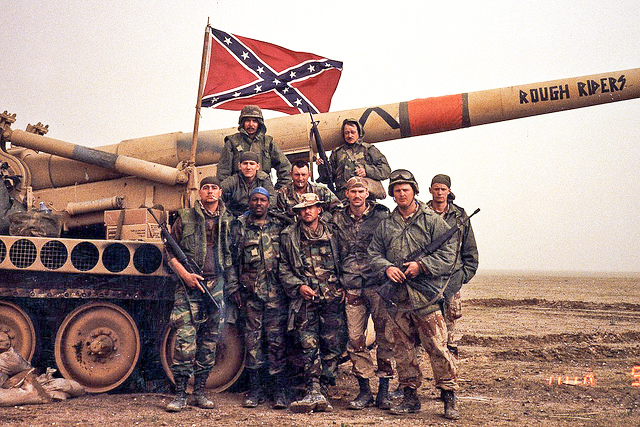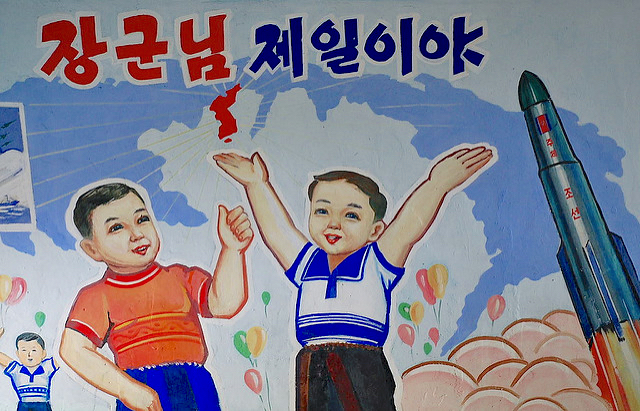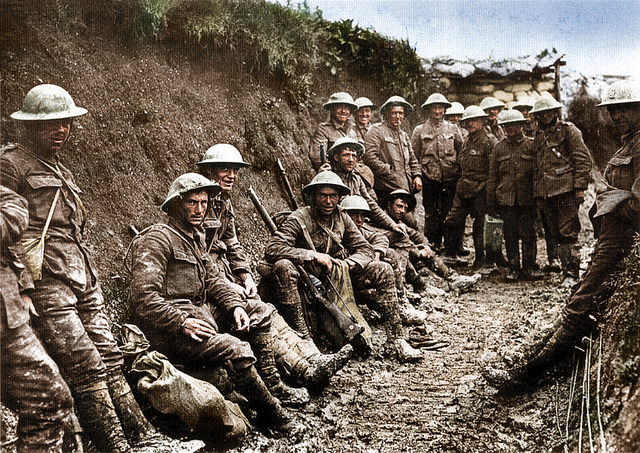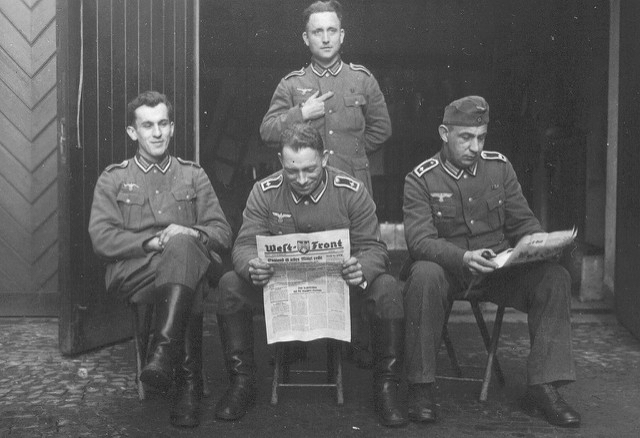Although the past actions of the Department of Defense regarding this are presently uncertain, I am concerned with the possibility that the DoD could have withheld information concerning the exposure of US military personnel to nerve agents during their service in the Persian Gulf War.
In the particular instance that we will examine, several thousand troops may have been exposed, as many of those involved report chronic illnesses that they believe to be linked to this exposure.
I certainly hope that we are able to clarify this information and its negative implications so that together we may move on to taking care of the our afflicted veterans.
I know that neither the members of this committee, nor the veterans of this country want to see a repeat of the Agent Orange fiasco of the Vietnam conflict in which thousands of veterans were given false information about their condition and later died from their exposure. It is wrong to expect our young people to go to war, place their lives in danger, and then return, only to be forgotten during peacetime.
I remember Senator Rockefeller, I think it was in August of ’94, when we had a hearing, and we had some Persian Gulf veterans coming in, and we also actually had some atomic vets. And there was, I think, unfortunately a similar pattern. With the atomic vets, we go back to the early ’50s, they had been talking about their health problems and illnesses, and those of their children. And, you know, people kept saying we don’t have enough information. They’re wrong. And, of course they’re still waiting for just compensation.
Then I remember we had some Gulf veterans talking in very personal terms about burning semen and very graphic personal testimony. And it was as if nobody believed them.
We have heard of the Kamisiyah munitions depot in southern Iraq that was blown up by the 37th Engineering Battalion. There was clearly a lack of communication between the CIA, the United Nations, and our Department of Defense about whether we knew that our Army had, in fact, blown up this munitions depot and whether there was chemical weaponry in there. But in fact, it has been confirmed that there was a nerve agent released as a result
of that in a CIA report.
Now that we have put all of this together, rather than look backward, except for learning experiences, I think it is important that we do everything possible to try to work with the people that have possibly been exposed to this nerve gas and other chemicals that might have happened in the Persian Gulf, because now in addition to all the symptoms that we’re hearing about, it appears that there are birth defects in the children of these veterans.
Why did the DOD maintain that no chemical agents were detected and no chemical munitions were forward deployed in forward areas occupied by the United States in the Gulf when it had information for nearly five years that an Iraqi munitions depot destroyed by US troops on March 4, 1991, contained chemical weapons, exposing them to mustard gas and sarin, a nerve agent?
We need to start documenting everything that is happening to those people who might have been exposed to this kind of chemical and see if there are, in fact, now more birth defects that are occurring in the children of these veterans. We need to have good, solid data. We need to err on the side of doing too much, not on the side of doing too little.
When first announcing this incident on June 21, the DOD estimated that 300 to 400 American troops may have been exposed to nerve and mustard gas. Early this month, investigators for a Presidential advisory panel said that they believed as many as 1,100 were exposed in that incident. However, just last week, the Pentagon announced a second low-level exposure to chemical weapons also occurred in March, 1991, six days after the first exposure and two miles from where the first incident took place.
Consequently, the Pentagon said it would warn 5,000 Persian Gulf veterans that they may have been exposed to nerve gas, and the DOD spokesman added, Mr. Chairman, quote, “It was possible the number will grow,” end of quote. Some 60,000 veterans have received medical examinations as a result of concerns about their health due to their service in the Gulf. But, we were told, no one was exposed.
Now, we learn that there was exposure. And the question arises why was it for a period of five years, notwithstanding repeated requests from veterans, from members of Congress, from others, that we were assured that there were no chemical weapons that our troops were exposed to.
We live in a time in which there is a rising tide of public cynicism directed at government at all levels. Sadly, many Americans believe that their government lies to them, consciously withholds information, misleads them. I must say that the manner in which this information with respect to the so-called Gulf Syndrome — the fatigue, the headaches, the decreased short-term memory, rashes, pain in the joints, all of which we’ve heard a great deal about over
I must say that the manner in which this information with respect to the so-called Gulf Syndrome — the fatigue, the headaches, the decreased short-term memory, rashes, pain in the joints, all of which we’ve heard a great deal about over the past five years — gives those citizens very little comfort that the government has been candid and forthcoming.
Adapted from the 1996 US Senate hearing into the exposure of US troops to toxic chemicals during Operation Desert Storm. Photograph courtesy of the Kentucky National Guard. Published under a Creative Commons license.





